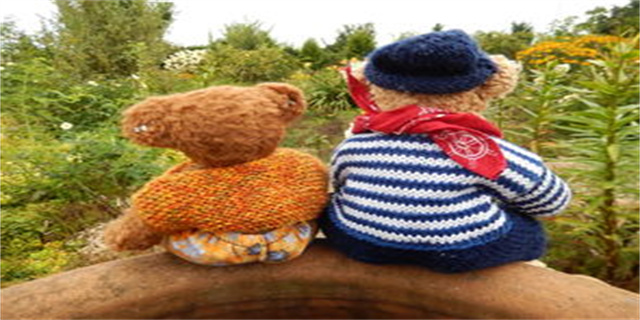最佳答案Fill vs. Be Filled: A Comprehensive Comparison Fill With vs Be Filled With The words “fill” and “filled” are often used interchangeably to describe a contai...
Fill vs. Be Filled: A Comprehensive Comparison
Fill With vs Be Filled With
The words “fill” and “filled” are often used interchangeably to describe a container or space that has been occupied. However, there is a subtle difference between these two terms that can impact their use in different contexts. In this article, we will explore the differences between “fill with” and “be filled with” and examine their usage in various settings.
Definition and Usage of Fill With
“Fill with” is an active verb that describes the action of filling up a container with a substance. The verb is usually transitive, meaning that it requires a direct object or substance to be filled. For instance, you can fill a glass with water, a bucket with sand, or a pen with ink. The subject of the sentence is the entity that performs the action of filling, while the direct object is the substance that gets filled. Below are some examples of sentences that use “fill with”:

The bathtub is filled with warm water.
The bookshelf is filled with books of various genres.
The vase is filled with beautiful flowers.
Definition and Usage of Be Filled With
“Be filled with” is a passive verb that describes the state of a container or space that has already been filled. The verb is usually intransitive, meaning that it doesn’t require a direct object, but rather it describes the contents of a container or space. For instance, you can say that a glass is filled with water or that a bucket is filled with sand, but you cannot use “be filled with” in those sentences. Instead, “be filled with” is used to describe a container or space that has already been filled, and the contents are the subject of the sentence. Below are some examples of sentences that use “be filled with”:
The bathtub is filled with warm water, and the aroma of lavender fills the air.
The bookshelf is filled with books of various genres, and the room is filled with the sound of pages turning.
The vase is filled with beautiful flowers, and their sweet fragrance fills the room.
Conclusion
In conclusion, “fill with” and “be filled with” are two different verbs that are used to describe the state of a container or space that has been filled. “Fill with” is an active verb that describes the action of filling up a container with a substance, while “be filled with” is a passive verb that describes the state of a container or space that has already been filled. Understanding these subtle differences can help you use these verbs in the correct context and make your writing more effective.






